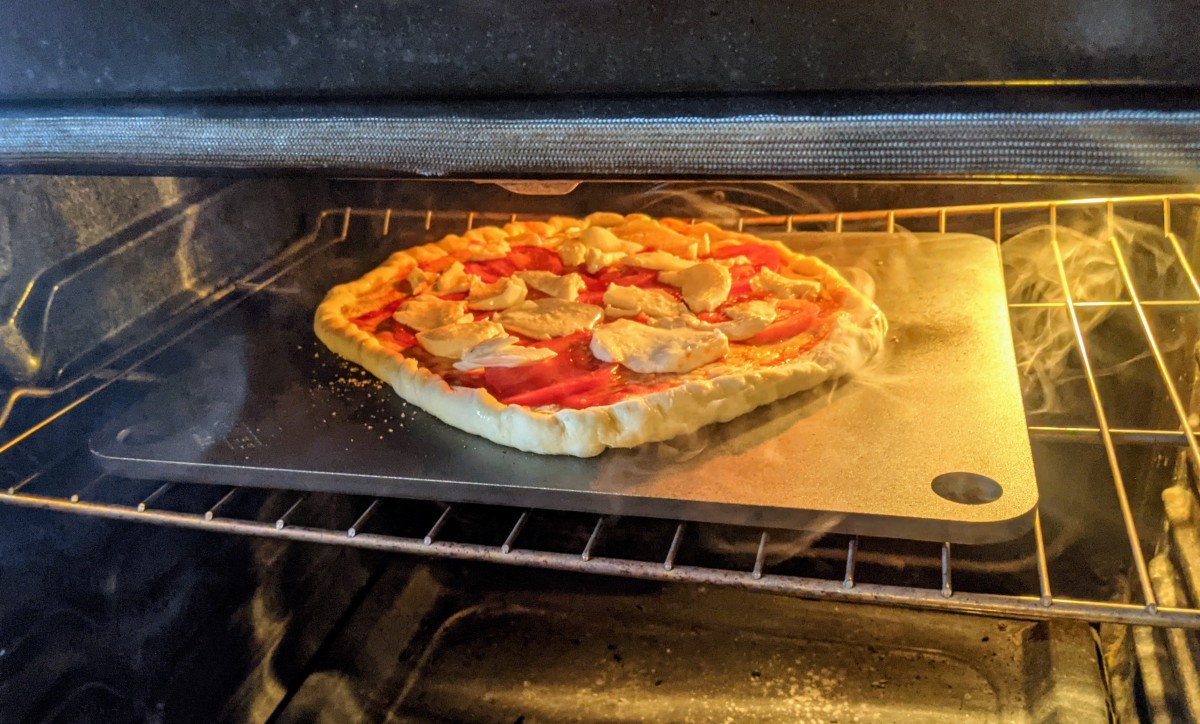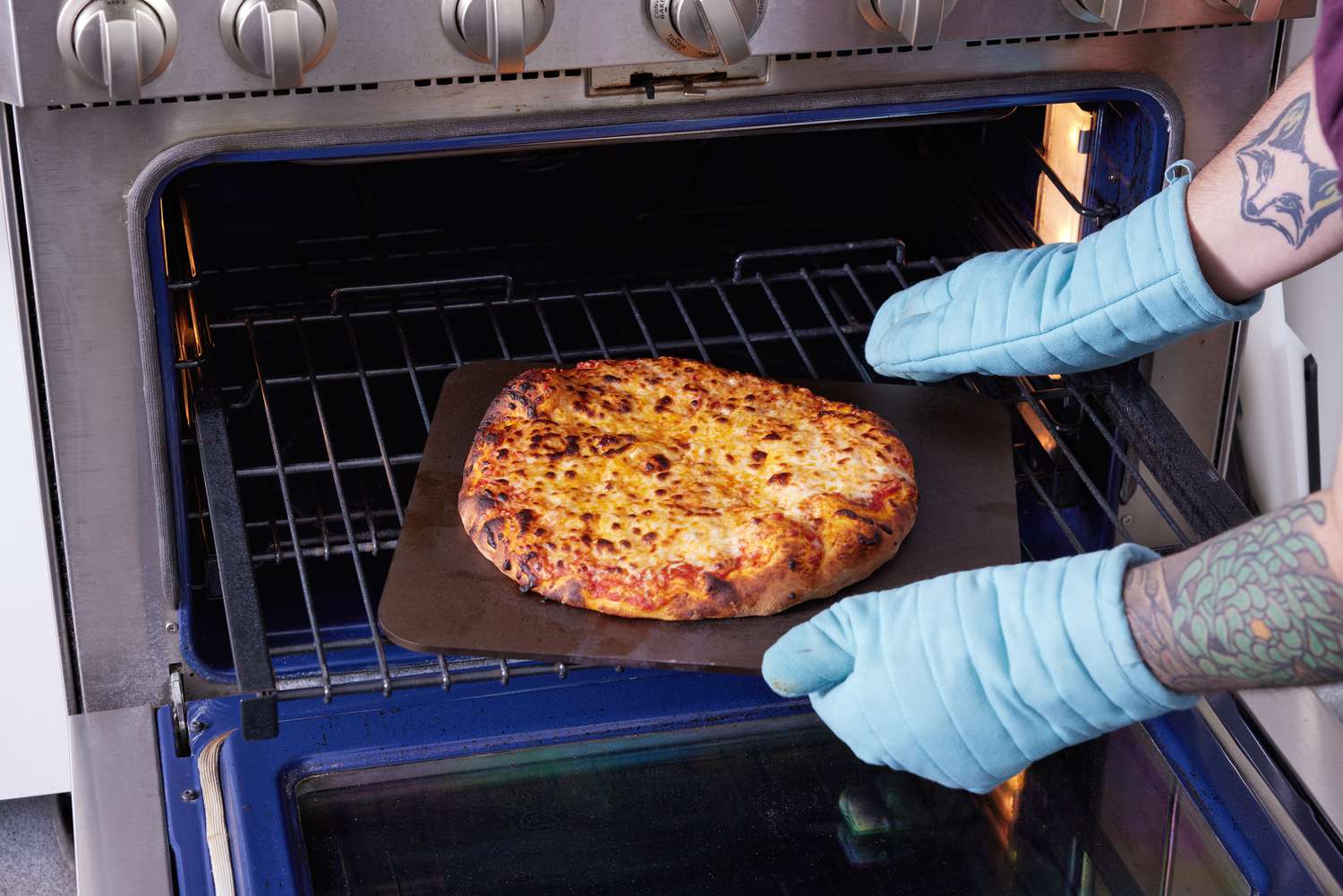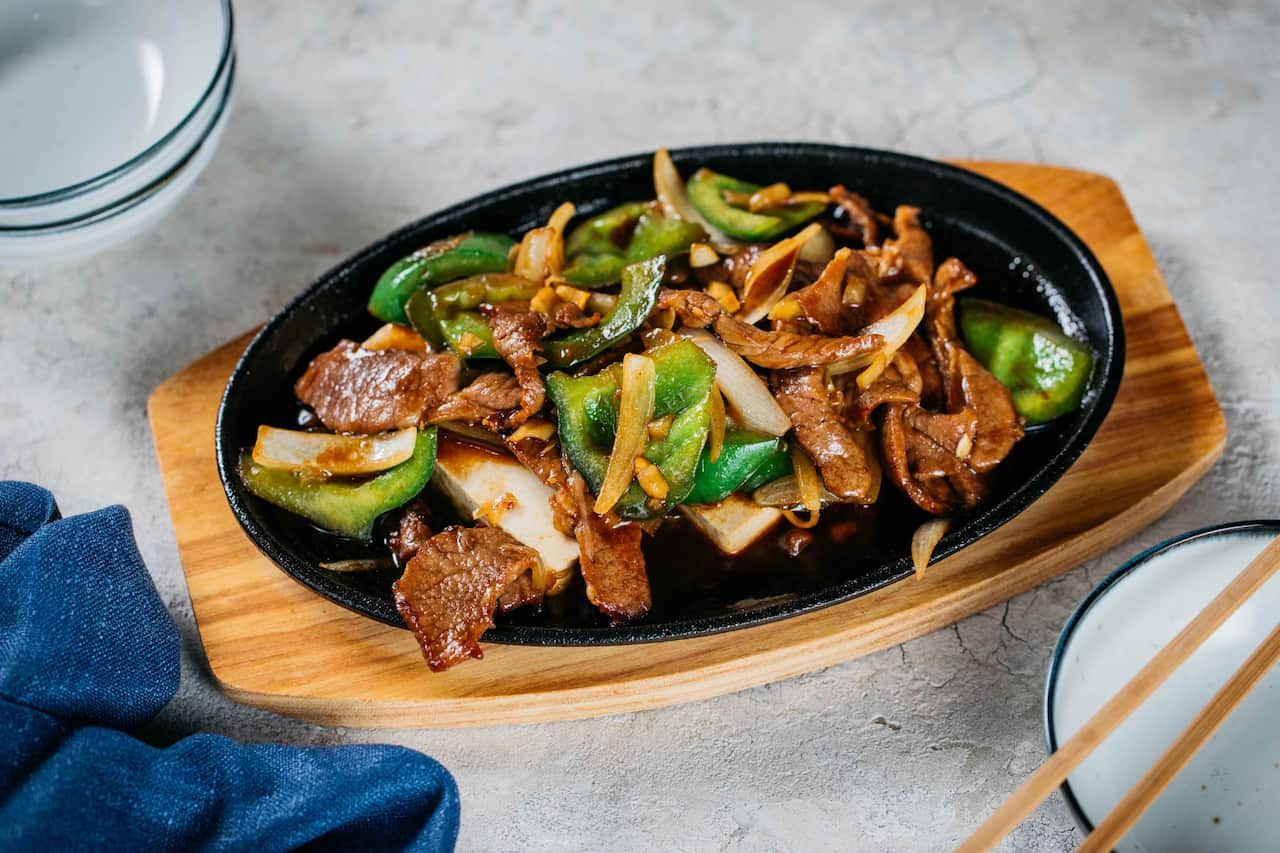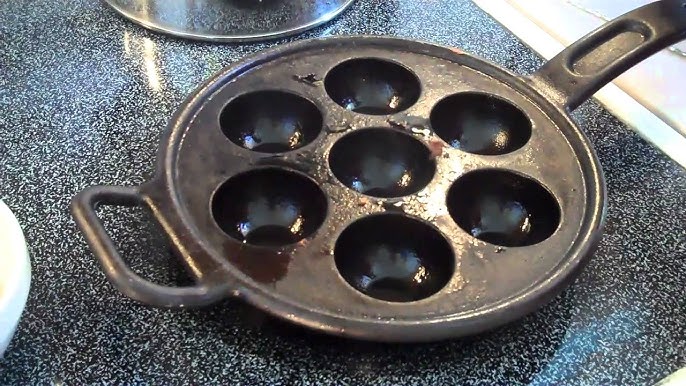For kitchen professionals, the art of achieving the perfect crust can be both a science and a passion. The primary influence, the **baking stone**, significantly impacts the final texture. In this article, we'll explore the intricate stone effects on crust texture and how utilizing such techniques can elevate your culinary creations to a new realm of deliciousness.

The Role of Baking Stones in Professional Kitchens
Baking stones, or pizza stones, have become an essential tool for many culinary experts. They are not only used for baking pizza but also for crafting the golden-brown crusts on bread, pies, and pastries. A baking stone helps to distribute heat evenly, creating a perfectly cooked crust every time. This technique is supported by principles of heat transfer that professionals often focus on.
Types of Stones and Their Impact
The market offers various types of stones, from **cordierite** to **ceramic**, each having unique properties affecting crust texture. The density and porosity can affect heat retention, influencing how moisture escapes the dough. The results are evident - hearty, thick crusts or thin, crispy finishes that can delight a wide range of palettes.
Exploring Cordierite Stones
Cordierite stones are known for their high durability and thermal mass, which are ideal for high-temperature cooking. This stone type remains resilient even at intense heat, ensuring long-lasting usage without cracking. Thermal mass becomes a vital attribute here, maintaining heat consistency that's necessary for a uniformly textured crust.
Ceramic Stones in Baking
On the other hand, ceramic stones, with their smooth surface, are particularly suited to baking delicate pastries or bread that requires even, gentle cooking. These stones are effective in controlling the thickness of the crust by regulating heat in a more consistent manner, often contributing to a softer inside but a crispy exterior.
Comparative Analysis: Stone Baking vs. Air Baking
**Stone baking** presents a stark contrast to air baking. Whereas air baking involves cooking items raised on a rack creating an uneven crust, stone baking ensures direct contact with heat source enhancing even crust texture. Stone baking is, thus, more commonly used in professional settings aiming for uniformly crispy, artisan finish.
Practical Tips for Kitchen Professionals
Professionals seeking to maximize the benefits of baking stones should consider preheating their stones adequately. Preheating is crucial as it provides the stone ample time to absorb heat, allowing for an effective transfer to the dough. Similarly, proper care of the stone by avoiding washing it with soap or exposing it to adverse temperature shocks is important.
For those new to this culinary technique, using a cooking stone might initially be a learning curve but proves beneficial in the long run for achieving that sought-after crust that patrons love.

Frequently Asked Questions (FAQ)
How do you properly maintain a baking stone?
A baking stone requires gentle handling, with avoidance of soaps or detergents that can linger in the pores. It's recommended to simply wipe off excess residue and allow it to dry naturally.
Can you use a baking stone for things other than pizza?
Yes, baking stones are versatile and can be used for a range of dishes beyond pizza. Their ability to regulate heat makes them suitable for breads, pastries, and even roasting meats.
Why does preheating a baking stone matter?
Preheating ensures the stone reaches the necessary temperature for effective cooking. It also aids in producing a crispy crust by creating a stable environment for heat transfer.
Understanding the **stone effects on crust texture** can significantly enhance the quality and appeal of any baked dish, reiterating the role of science in successful cooking. Professionals keen to adopt these techniques can dive into more resources at Culina Cooks to further refine their skills.
This article contains affiliate links. We may earn a commission at no extra cost to you.






Leave a comment
This site is protected by hCaptcha and the hCaptcha Privacy Policy and Terms of Service apply.